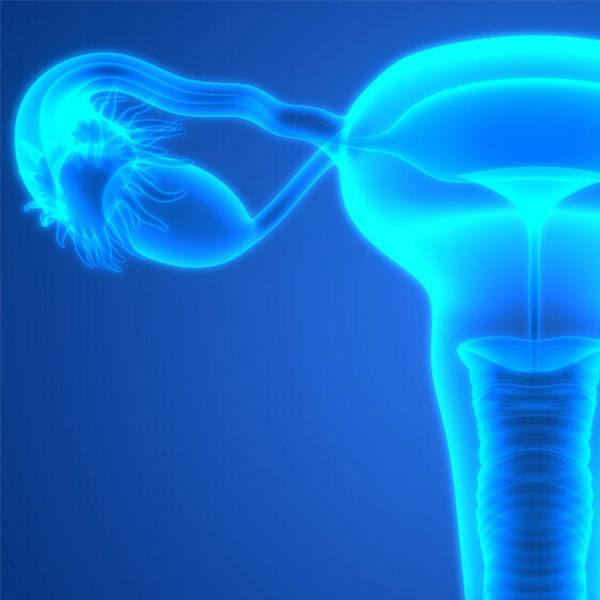-
New Grant Funds Alzheimer’s Research
Researchers have long known that genetics play a role in causing the dementia of Alzheimer’s disease, but genes, it turns out, are only part of the story. What’s come to light over the last several years is the incredible complexity of the disease, which involves not only genetic factors but also the vasculature of the brain. It’s not clear, however, what goes wrong within the cells of the brain’s blood vessels, how they accumulate clumps of toxic proteins, or how that process contributes to cognitive decline. A team of researchers on Mayo Clinic’s campus in Florida has received a grant of $3.5 million from the National Institute on Aging (NIA), of the National Institutes of Health, to better understand the interconnected genetic and vascular pathways involved in Alzheimer’s.
The grant follows quickly on the heels of the team’s previous grant from the NIA of $5.8 million. Both are led by co-principal investigators Guojun Bu, Ph.D., professor of neuroscience, and Nilüfer Ertekin-Taner, M.D., Ph.D., professor of neurology and professor of neuroscience. Their research team is part of a consortium known as the Molecular Mechanisms of the Vascular Etiology of Alzheimer’s Disease, or M²OVE-AD, which is supported by the NIA and tasked with identifying the various vascular contributors to neurodegeneration.

Studies from the first grant laid the groundwork by establishing large-scale data sets of Alzheimer’s genomics, intended to explode the amount of information available and open up some new avenues of research.
“The goal was to ask hypothesis-driven questions leading to novel pathways, to look for things we might not have thought of,” says Dr. Ertekin-Taner.
The team found, for instance, that the Alzheimer’s gene APOE, which has a variant that causes toxic proteins to aggregate in the brain, is associated with sex-related hormones, such as estrogen. This finding might lead to an understanding of why Alzheimer’s is more prevalent in women than in men.
The latest grant aims to accelerate the path to developing treatments for the disease and novel biomarkers for diagnosis. Dr. Ertekin-Taner’s group will round out the earlier study of human genomes in Alzheimer’s patients. Amassing large quantities of information about DNA and RNA, the team will look for novel pathways to vascular pathologies, including those involved in such conditions as diabetes and others that impair brain cells. Investigations will utilize the Mayo Clinic Brain Bank, a resource of more than 5,000 biological samples, led by neuropathologist Dennis W. Dickson, M.D., Robert E. Jacoby Professor of Alzheimer's Research Neuropathology Laboratory. Researchers will also establish gene expression profiling—measuring the activity of certain genes—for such vascular conditions as cerebral amyloid angiopathy, or CAA, a condition that occurs in nearly 80 percent of people with Alzheimer’s disease and involves amyloid protein build-up within the brain’s blood vessels.
In parallel, Dr. Bu’s team will look at the biochemical changes that occur in Alzheimer’s related proteins, examining such changes in different regions of human brains, and exploring whether such changes can be prevented in mouse models of the disease. The research will look at the effect of APOE and its variants on the brain’s normal mechanisms for clearing out clumps of toxic protein. Further, studies will continue to examine the sex-related hormone estrogen and its association with neuron viability.
One novel aspect of the entire research undertaking will be single cell studies, enabling researchers in each group to do direct comparisons of gene expression occurring in individual cell types of the brain. This enterprising apples-to-apples study will define and differentiate gene expression in various brain cells. Such cellular studies are possible with the collaboration of team members, including neurosurgeon Alfredo Quiñones-Hinojosa, M.D., chair of neurosurgery, as well as researchers on Mayo Clinic’s campus in Rochester. As the research elucidates new genes and biochemical pathways, the goal is new biomarkers and disease processes that can be targeted with drugs.
“What’s exciting about this research is that it’s really the definition of team science,” says Dr. Ertekin-Taner.







